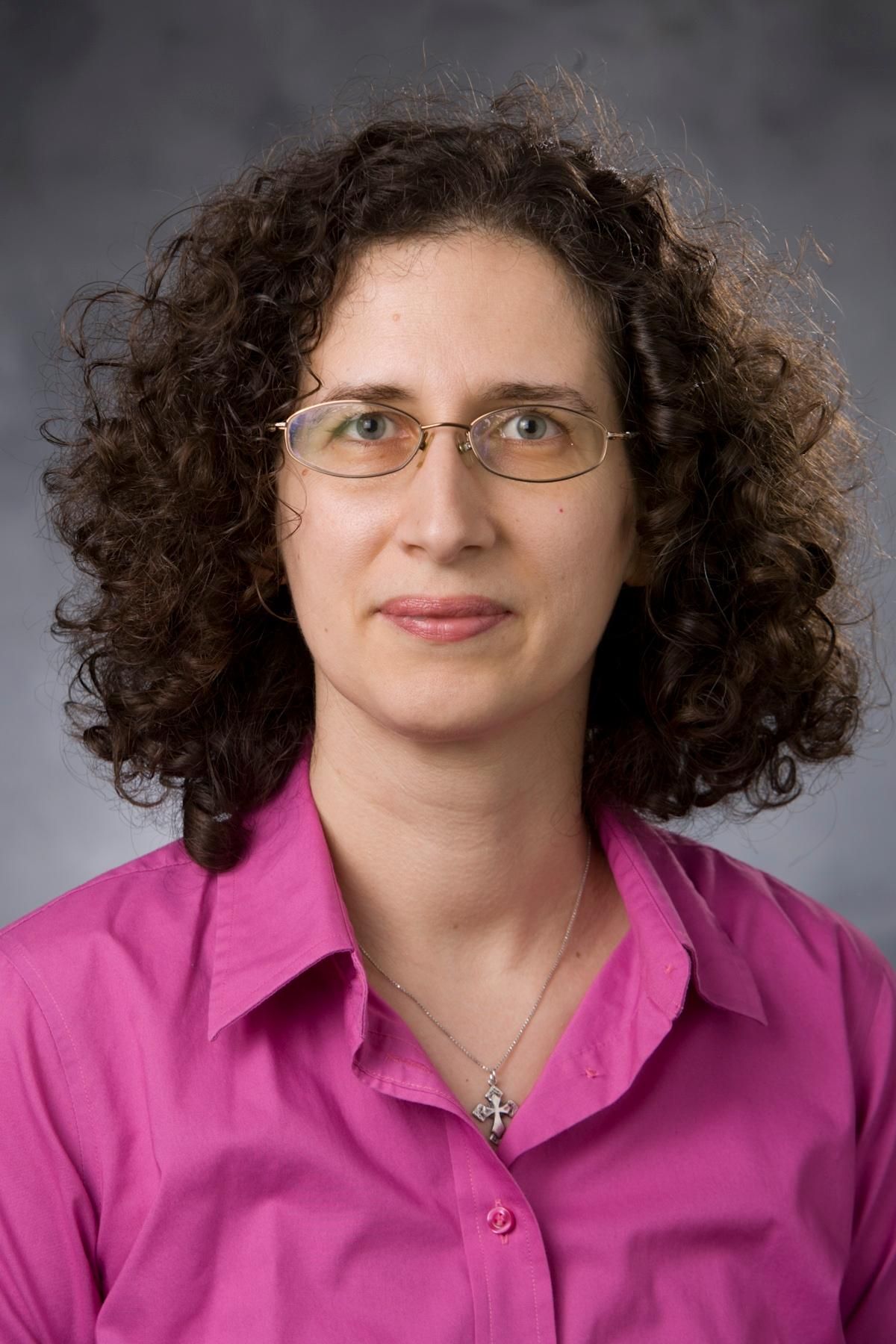Alexandra
Badea

Associate Professor in Radiology
Associate Professor in Neurology
Associate Professor of Biomedical Engineering
Member of the Center for Brain Imaging and Analysis
Bass Connections Team Leader - with Dr Christina Williams
REU mentor
Associate Professor in Radiology
Center for in Vivo Microscopy, Room 139 Bryan Research Building, Durham, NC 27710
Mailing address
Box 3302 Duke University Medic, Durham, NC 27710
